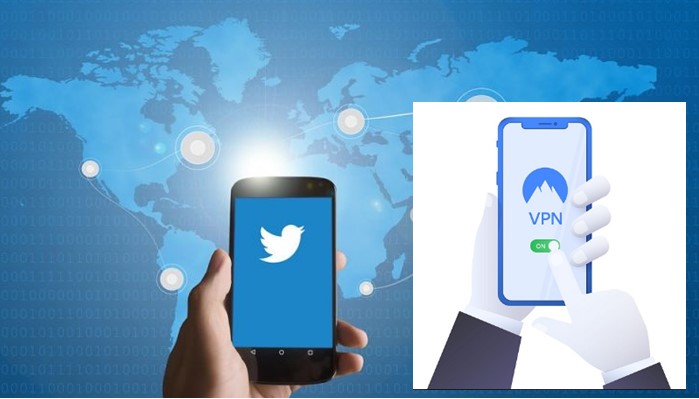Features
Email Safety Tips And Best Practices For Internet Users

In today’s technology age, the most common form of communication is email. Our need to communicate with friends, family, loved ones, and business partners regularly through the internet or social media has made our digital life exposed to cyber threats, one of which is email scams.
One major challenge
facing individuals, companies and governments in today’s digital age is cybercrime and the most common scam now is email scam. This is why email safety tips and best practices are now more important than ever.
Email scam is a deliberate deception made through email by an individual to another individual for personal gain. Cybercriminals use emails to trick unsuspecting victims into disclosing personal or sensitive information and later use the information to steal the unsuspecting victims’ identity, money or other valuable properties.
Email scams come in different ways e.g. online job scams, credit alert scams, help scams, lottery scams, survey scams, charity scams, etc. Most email scams look legitimate, the contents are well detailed and very interesting to read, which is the main reason why many people fall victim on a daily basis.
A report by FBI revealed that email scams caused losses amounting to US$ 1.4 billion in 2017. Another report by Action Fraud, a United Kingdom’s national report centre for fraud and cyber crime revealed that more than 400,000 reports of phishing emails were received by the anti-fraud organisation each year.
The main reason why many people fall victim to email scams on a daily basis is simply because most internet users lack vital information about email safety tips and best practices.
How to recognize email scam:
1. There is a request for confirmation of personal information.
2. There is a request for change of banking details or payment method in a business transaction.
3. The sender requests for immediate response before a deadline.
4. It comes with an attachment or link.
5. Some words are sometimes misspelled.
6. It claims there is a fraudulent activity on the account or credit card of the unsuspecting victim.
7. It comes with an offer of free money, free gifts, cheap products or winning of a lottery.
8. In most cases, there are grammatical errors in the email.
9. The content sounds too good to be true.
10. In most cases, the sender is unknown to the unsuspecting victim.
Email Safety Tips and Best Practices:
1. Educate yourself about email safety tips.
2. Avoid using public Wi-fi to check your email. e.g. hotels, airport, schools etc.
3. Use strong password. Use at least 15 characters. Mix letters, numbers and special characters.
4. Change your password regularly.
5. Avoid using the same password for multiple email addresses or different websites.
6. Don’t save your password on your phone, computer or any place where others can access it.
7. Avoid using softwares you don’t trust.
8. Avoid clicking on links or downloading attachment from unknown source.
9. Run malware and antivirus scans.
10. Always back up your files.
Implementing these email safety tips and best practices will save you and your company from the danger of email scams.
______________
Rotimi Onadipe is the CEO of Onadipe Technologies and National Coordinator- Internet Abuse Awareness & Prevention Project, Nigeria.



















![Nigerian lady loses job in Uk after telling her boss "sorry" [Video]](https://topnaija.ng/wp-content/uploads/2024/03/fired-346x240.jpg)
![Nigerian lady loses job in Uk after telling her boss "sorry" [Video]](https://topnaija.ng/wp-content/uploads/2024/03/fired-80x80.jpg)






